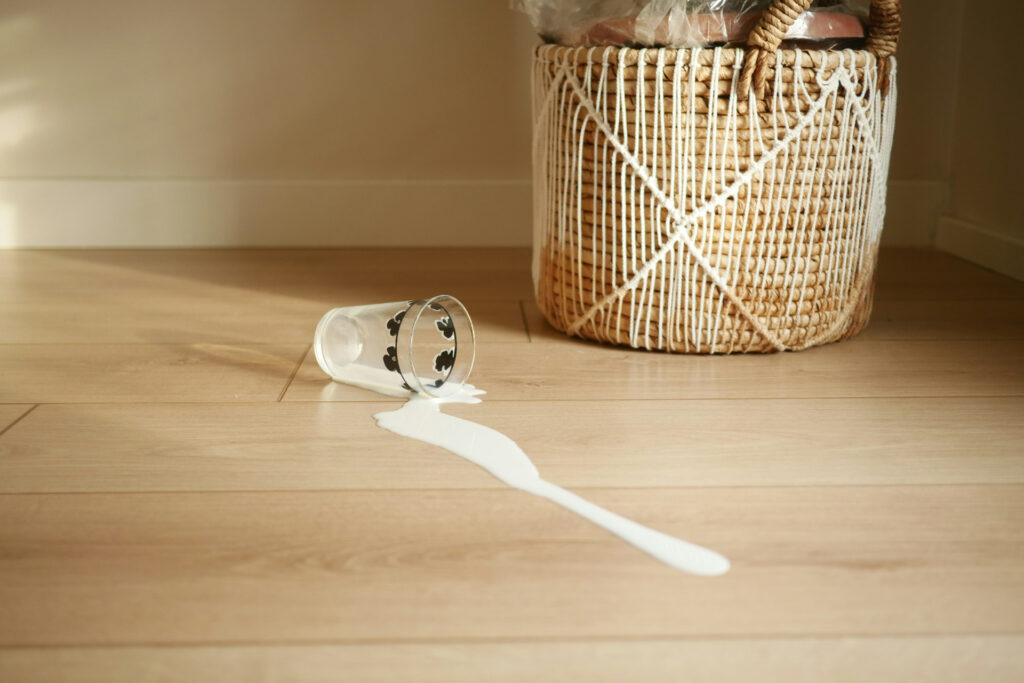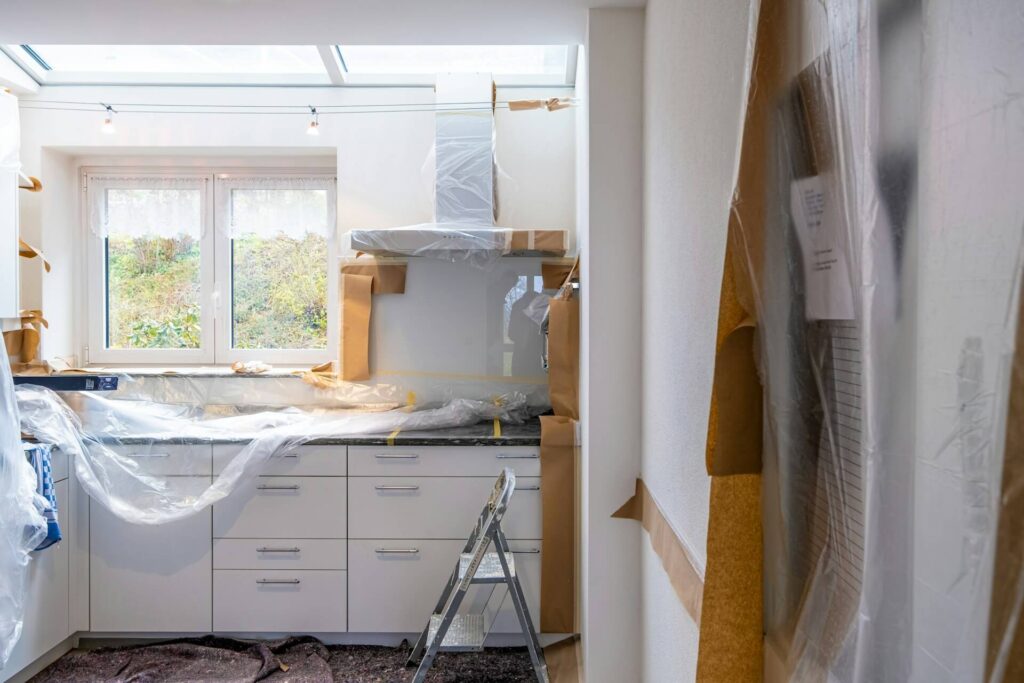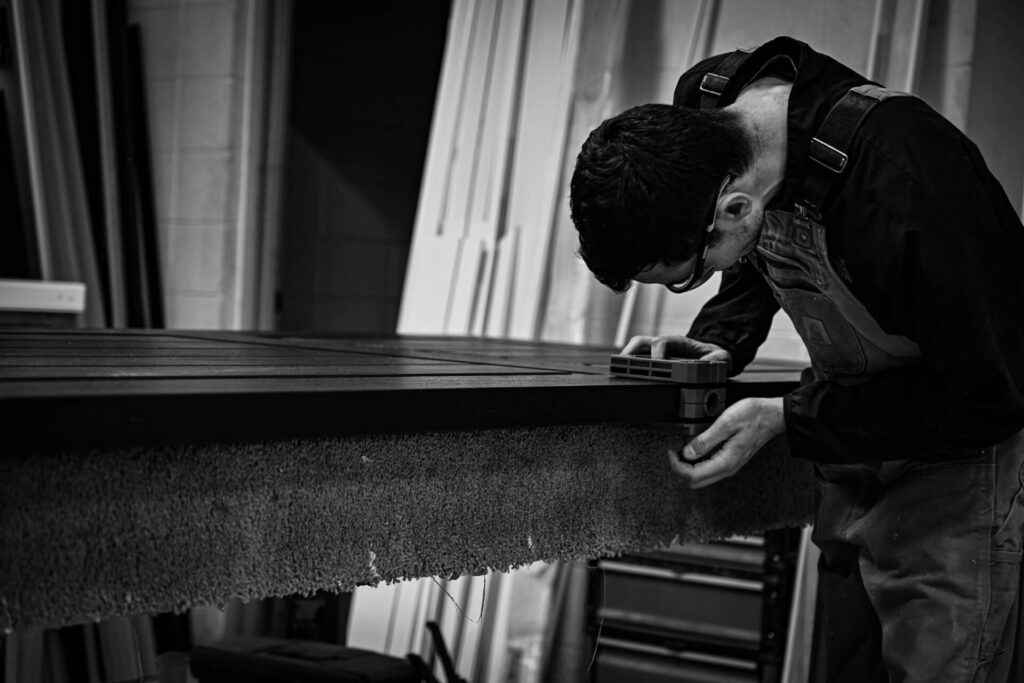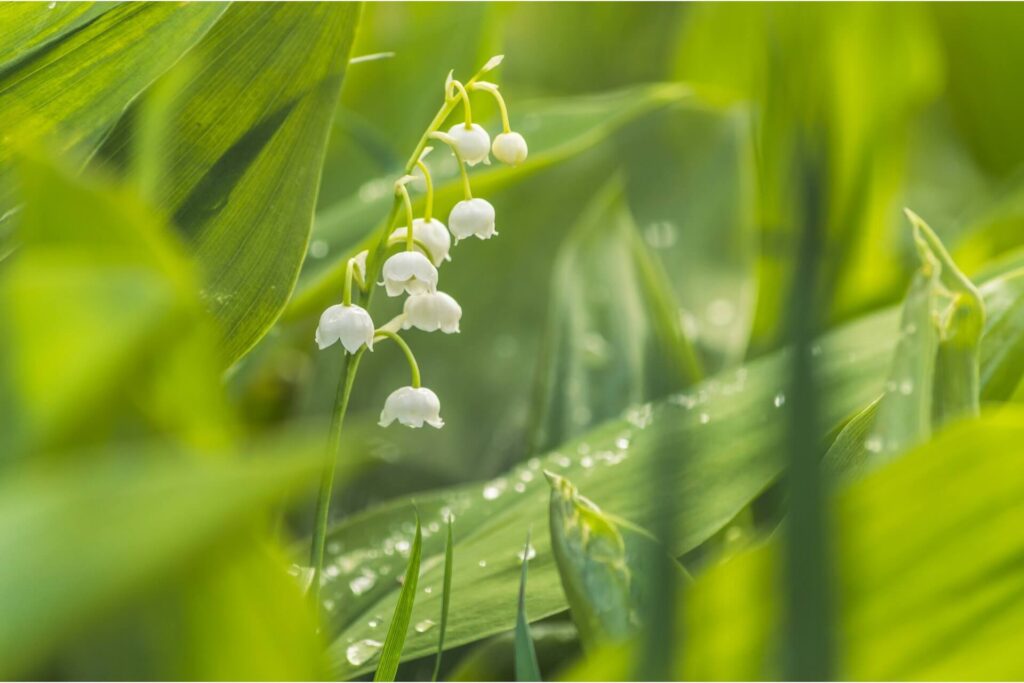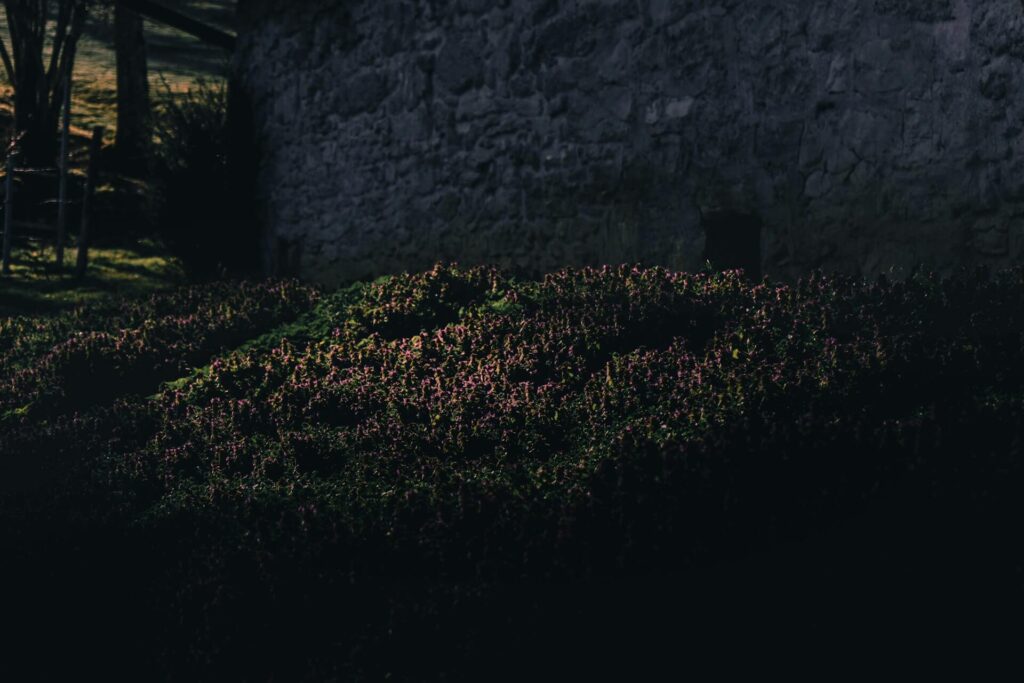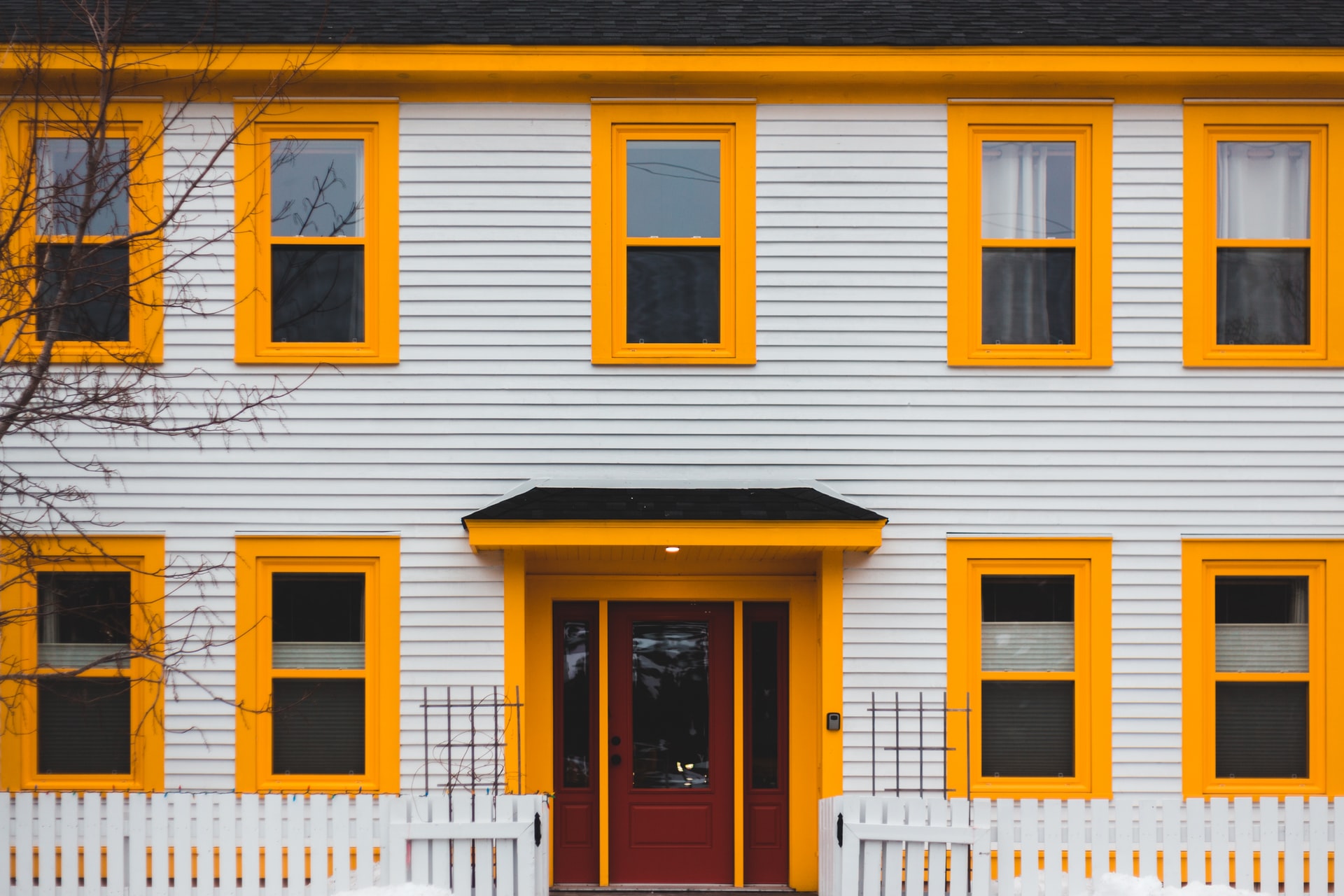
We are reader-supported. When you buy through links on our site, we may earn an affiliate commission.
You want the exterior of your home to be well-protected and look nice. There are multiple material options to cover the side of your home. Vinyl siding is a commonly used one. But before you make any purchases, consider the benefits and drawbacks of using vinyl.
What Is Vinyl Siding?
Vinyl siding is made from polyvinyl chloride, which is a long-lasting, lightweight plastic. It doesn’t get indentations easily, decay, or corrode. Plus, it’s water-resistant. It’s used on the outside of houses to protect against natural elements.
Here’s a look at the upsides of this versatile material.
The Pros of Vinyl Siding
Vinyl siding has its benefits in terms of overall cost and maintenance. Here are some of the advantages.
- It Doesn’t Require Painting
Most other materials are coated with a colored layer. However, vinyl has the color already built-in.
The hue is consistent all the way through, too. This means the color can’t be stripped or scratched away over time, so you don’t need to repaint. Instead, you can spend more time on other home improvement projects.
- It Is Cost-Effective
Vinyl is relatively inexpensive compared to other siding materials, such as fiber cement.
It costs an average of $150 to $260 per square foot. It is also 11% less expensive than cedar siding and 26% less expensive than aluminum. Vinyl is a wise choice for people who are on a tighter budget.
- It Is Low-Maintenance
Its slick material allows for dirt and debris to easily slide off it when cleaned with a hose. It also doesn’t need repainting, so there’s minimal work required to keep it looking sharp.
To wash your vinyl siding, use a soft cloth or bristled brush and work from the top to the bottom of your house. Be sure to rinse the cleaning solution thoroughly before it dries.
To remove mildew or mold, use a cleaner such as Windex. For larger areas, use a solution of vinegar and water.
- It’s Easy to Install
This type of material has a simple installation process. You can install it yourself or hire a contractor. The installation process consists of affixing rails and hanging the siding panels from those rails.
However, be sure you double-check that you installed your siding correctly so it lasts long-term and keeps pests and the elements out.
The Cons of Vinyl Siding
Vinyl siding has its perks, but there are also some things to keep in mind. Here are some of the drawbacks.
- It Can Be Affected by the Weather
Vinyl siding is tough, but it can begin to fade over time in sunny regions. Some planks can even split or break due to temperature changes. Often, the best solution is to replace the whole plank instead of patching.
Here are the steps to follow when replacing your vinyl siding using a zip removal tool:
- Push the tool under the siding until it latches onto the bottom lip.
- Pull the device down and out to unhook the bottom lip and then move it along the edge, tugging the siding out as you go.
- Unzip the pieces on top of your broken piece.
- Place a flat bar behind your siding to lever out the nails.
- Slide the replacement piece up into place.
- Put the roofing nail through the nail flange.
- Lock the upper part over it using the zip tool.
- Pull down the lip by turning the tool a bit to force the leading edge down.
- Push in on the vinyl while sliding the zip tool behind the siding removal tool to snap the new piece into place.
2. It Can Lower Your Home’s Resale Value
Many homeowners are looking for more textured and colored siding materials. Vinyl made out of plastic doesn’t provide that look and can reduce the perceived value of your exterior. Brick or stone tend to add more curb appeal.
Vinyl can also flatten the look of your exterior features, such as trim, creating a more two-dimensional style. This can also lower the overall appeal of your house for potential buyers.
3. It May Allow Moisture to Get Under the Surface
Vinyl siding is installed over material that can trap water vapor in the cavities of your wall, especially during colder weather. If you do not properly caulk the siding, water could also enter your walls through gaps.
Contractors usually place waterproof wrapping below the siding, but during the installation process, nails can puncture it, causing leaks. Moisture that enters your home can lead to mold.
However, you can manage this issue. Here are some strategies to prevent moisture buildup:
- Start from the bottom and work your way up during the installation process.
- Install accessories first.
- Overlap the strips.
- Place a moisture barrier between your house and siding.
4. It Is Less Environmentally Friendly
Vinyl siding is formed from plastic, the manufacturing of which harms the environment. It emits greenhouse gases during the manufacturing process, including nitrogen oxide.
Vinyl is also not as easy to recycle as metal options. However, you can choose insulated vinyl siding, which increases energy efficiency.
Here are some more eco-friendly siding options to consider:
- Stone
- Brick
- Fiber cement
Vinyl Siding Has Its Benefits and Drawbacks
Vinyl siding is a popular choice for many homeowners because it is durable, cost-effective, and easy to maintain. However, there are some things to keep in mind before purchasing, such as its long-term maintenance and environmental impact. So, when deciding if vinyl siding is right for you, be sure to weigh both sides carefully.

